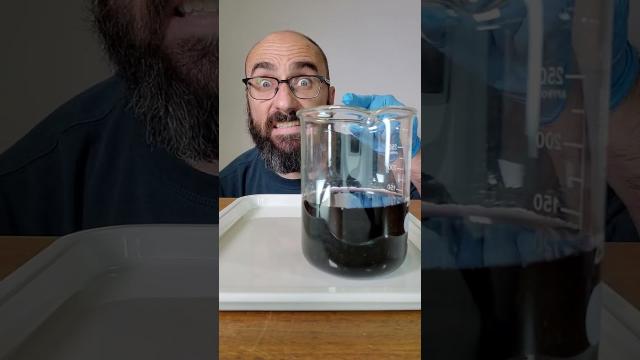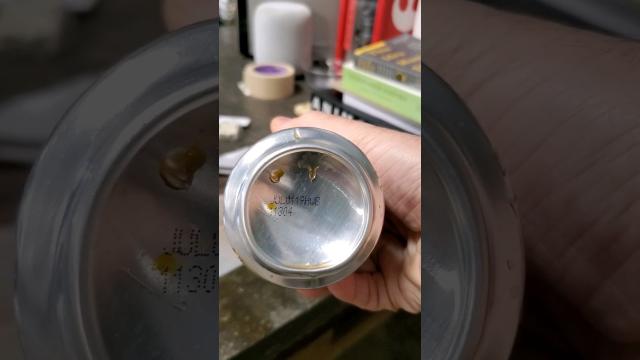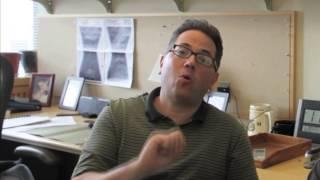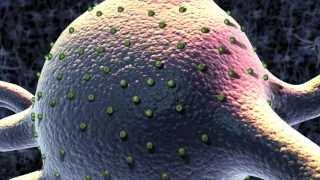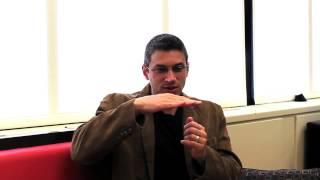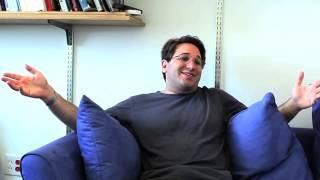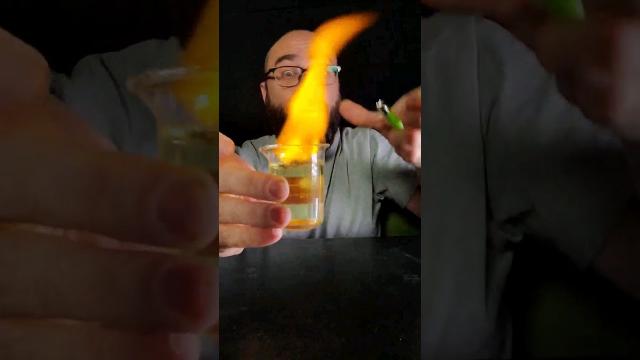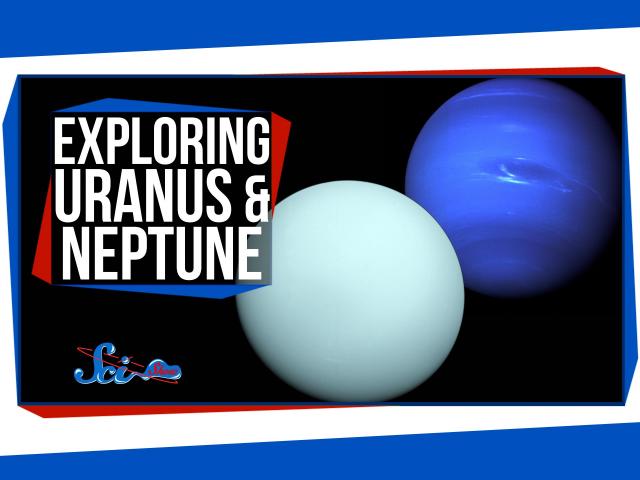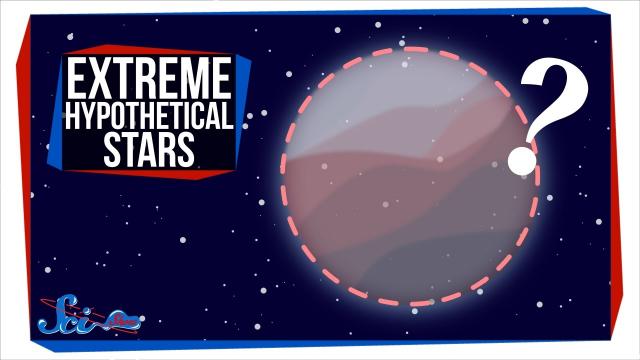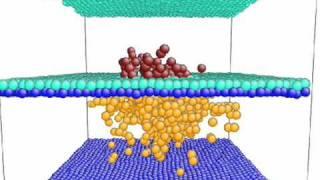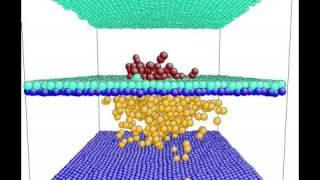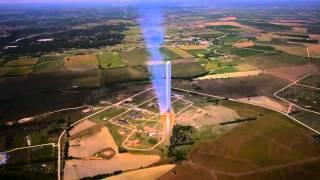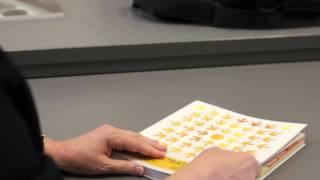Time Travel, Teleportation & Science
Time travel is the concept of moving between different points in time in a manner analogous to moving between different points in space, generally using a theoretical invention, namely a time machine. It has a commonly recognized place in philosophy and fiction, but has a very limited application in real world physics, such as in quantum mechanics or wormholes.
Although the 1895 novel The Time Machine by H. G. Wells was instrumental in moving the concept of time travel to the forefront of the public imagination, The Clock That Went Backward by Edward Page Mitchell was published in 1881 and involves a clock that allowed three men to travel backwards in time.[1][2] Non-technological forms of time travel had appeared in a number of earlier stories such as Charles Dickens' A Christmas Carol. Historically, the concept dates back to the early mythologies of Hinduism (such as the Mahabharata), Buddhism, and Islam through ancient folk tales. More recently, with advancing technology and a greater scientific understanding of the universe, the plausibility of time travel has been explored in greater detail by science fiction writers, philosophers, and physicists.
Teleportation, or Teletransportation, is the theoretical transfer of matter or energy from one point to another without traversing the physical space between them. It has a commonly recognized place in science fiction literature, film, and television, but as yet has a very limited application in real world physics, such as quantum teleportation or the study of wormholes.
Science (from Latin scientia, meaning "knowledge") is a systematic enterprise that builds and organizes knowledge in the form of testable explanations and predictions about the universe. In an older and closely related meaning, "science" also refers to a body of knowledge itself, of the type that can be rationally explained and reliably applied. A practitioner of science is known as a scientist.
In modern usage, "science" most often refers to a way of pursuing knowledge, not only the knowledge itself. It is also often restricted to those branches of study that seek to explain the phenomena of the material universe.
Source : Wikipedia
-
01:18
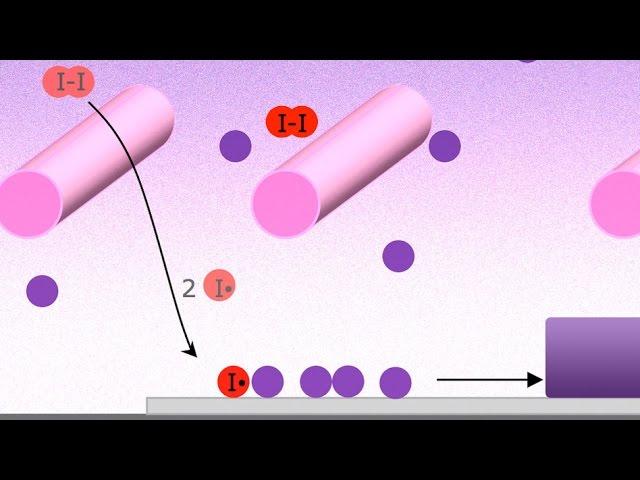
Explained: Chemical Vapor Deposition (CVD)
Added 544 Views / 0 LikesExplained: Chemical Vapor Deposition (CVD)
-
01:50
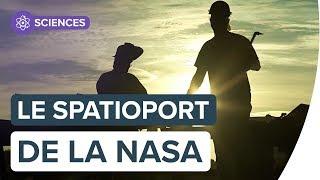
Exploration spatiale : la Nasa construit le spatioport | Futura
Added 569 Views / 0 LikesAbonnez vous vite à notre chaîne : http://bit.ly/FuturaYouTube Activez la petite cloche ci-dessus et recevez une notification pour chaque publication. Drôle de ballet au Centre spatial Kennedy, en Floride (États-Unis). Le site historique, d'où des astrona
-
01:31

Exploring Ikebana: Teaching the art of Japanese flower arranging
Added 460 Views / 0 LikesFor over 23 years, MIT-Japan Program has hosted a workshop on Ikebana, the art of Japanese flower arranging.Watch more videos from MIT: http://www.youtube.com/user/MITNewsOffice?sub_confirmation=1The Massachusetts Institute of Technology is an independent
-
00:54
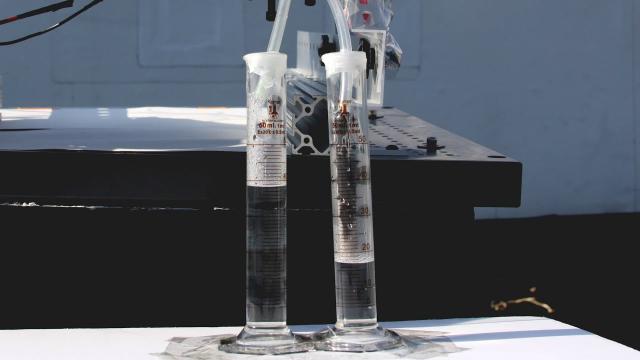
Extracting drinkable water from the air
Added 434 Views / 0 LikesResearchers at MIT and elsewhere have developed a solar-powered device that can extract drinkable water from directly from the air even in dry regions. (Learn more: https://news.mit.edu/2020/solar-extracts-drinkable-water-1014) Watch more videos from MIT:
-
04:46
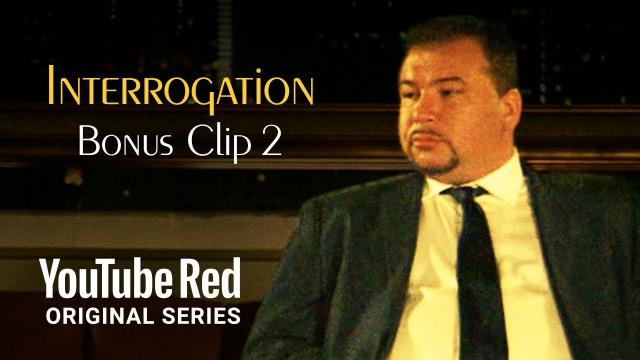
False Confession Victim - Mind Field S2
Added 585 Views / 0 LikesFalse Confession Victim - Mind Field S2
-
00:56
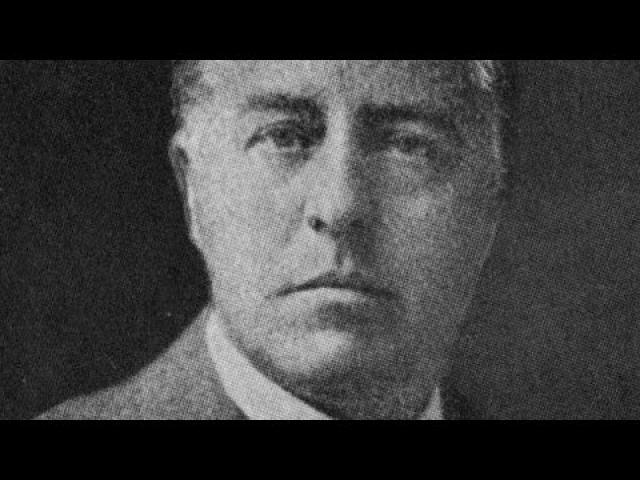
Farts Are Limitless #shorts
Added 232 Views / 0 Likesbe careful what you blow out your #shortsJeans escape diagram from https://en.wikipedia.org/wiki/Atmospheric_escape#/media/File:Jeans_escape.pngEarth oxygen on the moon:https://www.sciencemag.org/news/2017/01/earth-sending-oxygen-moonhttps://www.sciencefo
-
05:34
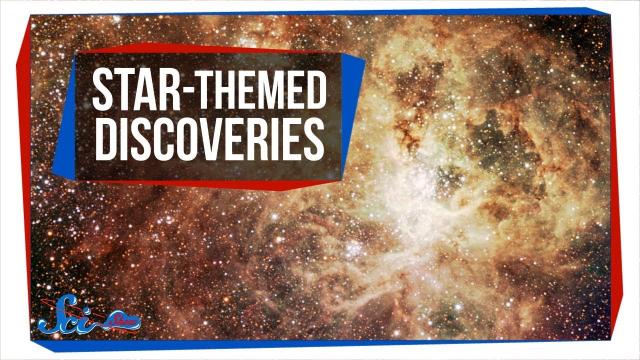
Fast Radio Bursts: Mystery Solved?
Added 748 Views / 0 LikesFast Radio Bursts: Mystery Solved?

